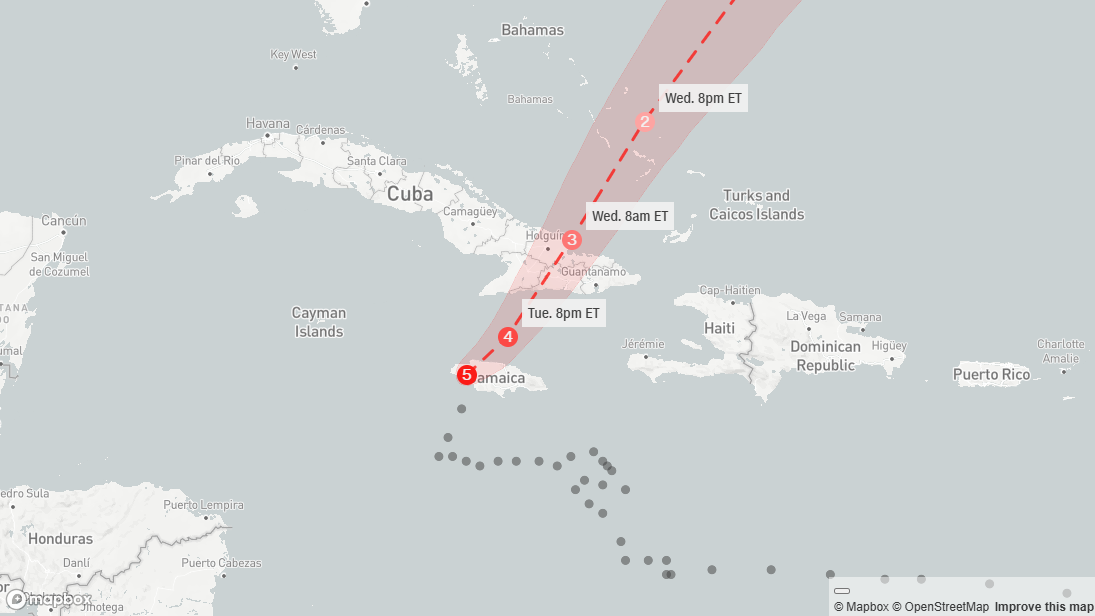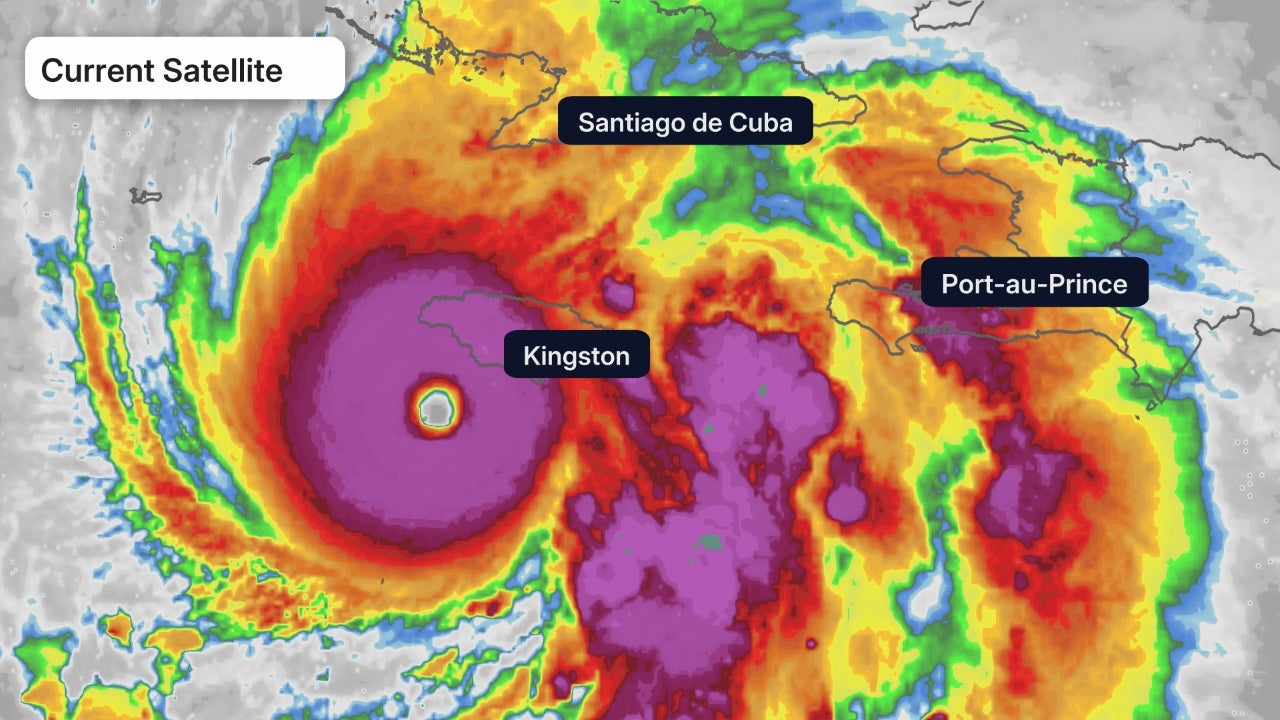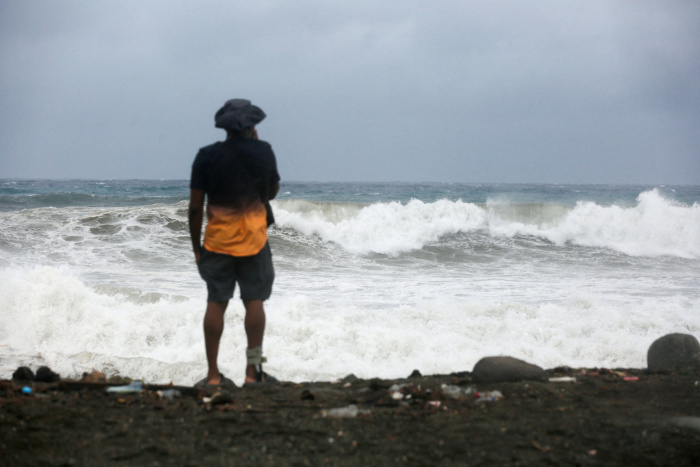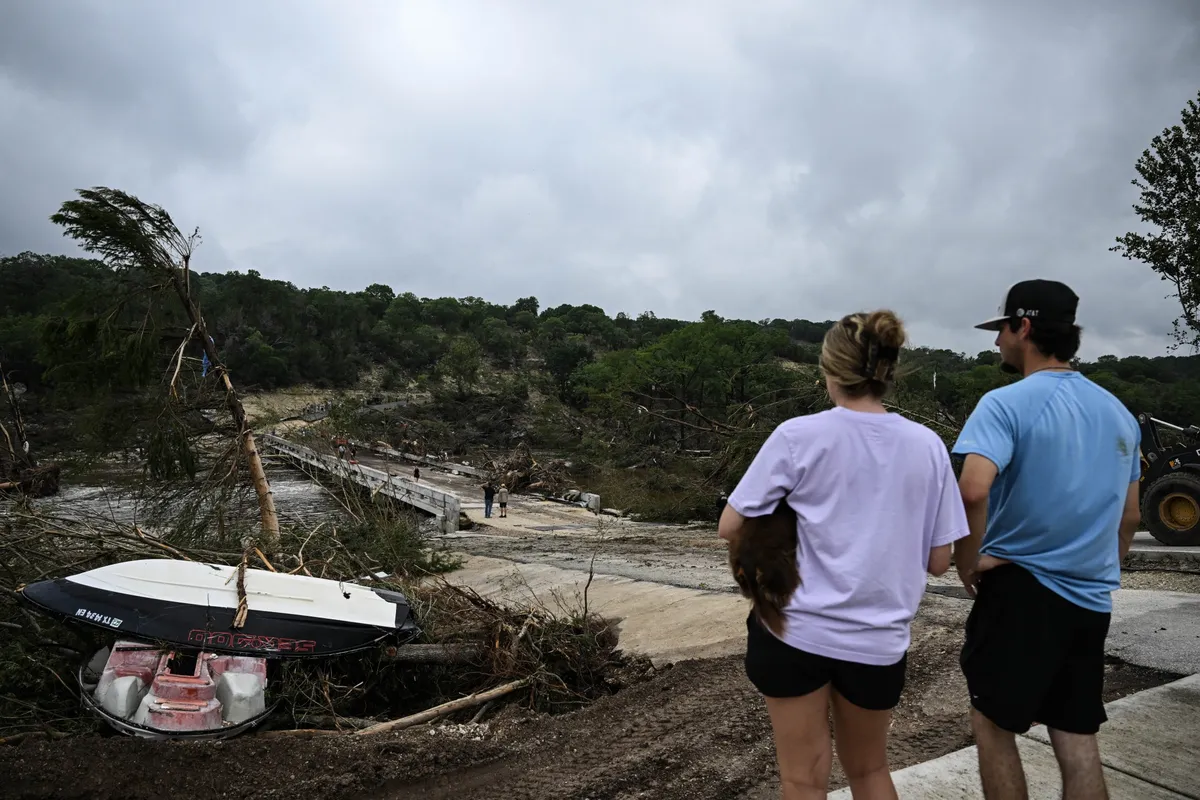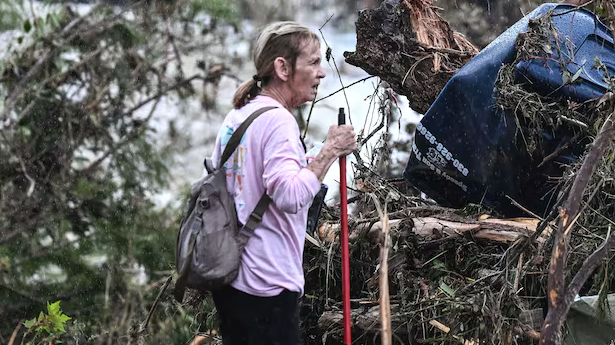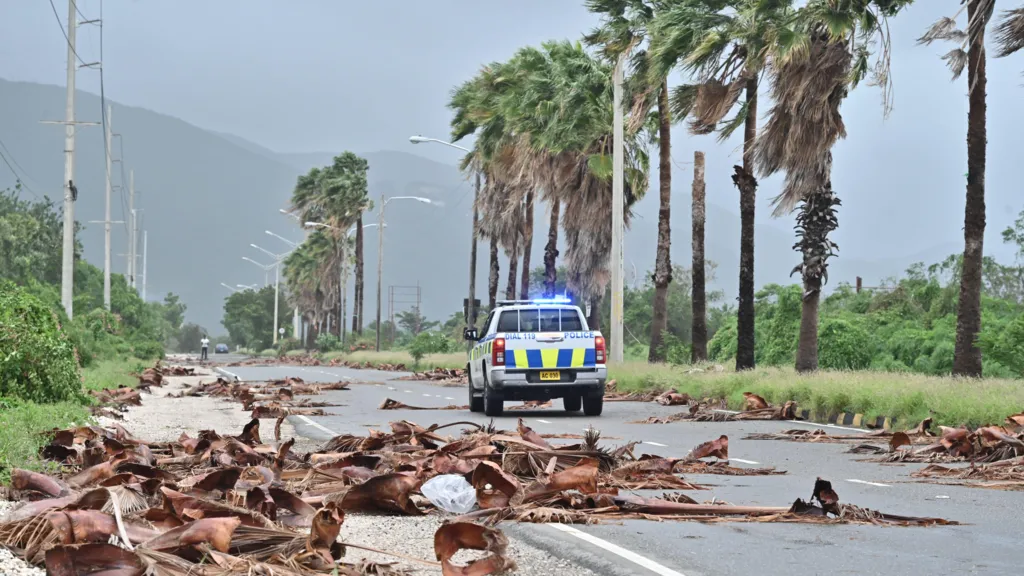
This article is more than
2 year oldWill there be a white Christmas in 2023? Forecasters have some predictions.
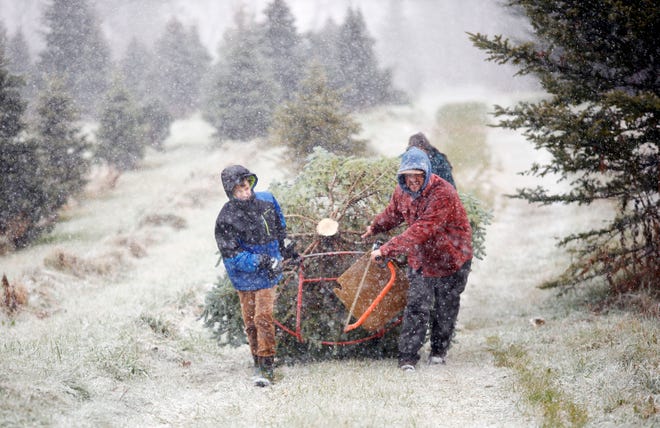
Although it's admittedly only Thanksgiving Day, it'll soon be time to turn our attention to the December holidays, including Christmas.
And the question many folks will soon be asking is the perennial "will I have a white Christmas?"
Top forecasters say that thanks in part to El Niño, the chances may not be so good this year for many of us, based on some long-term forecasts for December.
El Niños usually mean a warm December
"Weak, moderate, and strong El Niños all share similar features for the month of December," DTN meteorologist Jeff Baranick wrote on a blog post earlier this month. "It is usually very warm for most of the U.S. outside of the Southwest where it is typically cooler, while precipitation increases are seen across the southern tier."
He added that intrusions of arctic air are likely to be limited or absent in December.
"This does not mean that December will be warm every day, or that snow will not occur, but it does mean that the chances for a white Christmas are reduced for most of the country outside of the western mountains," Baranick said.
An El Niño winter is coming.What does that mean for snow this year?
A specific type of forecast
Baranick emphasized that the forecast is what meteorologists call "probabilistic." This means one in which uncertainties are conveyed by expressing forecasts as probabilities of various outcomes.
This is true for these types of long-range climate forecasts, as well as the more familiar precipitation forecasts (30% chance of rain tomorrow).Probabilistic forecasts can be compared to what's known as a "deterministic" forecast — Such a forecast that says things like "up to 10 inches of snow will fall tomorrow."
"By no means was I calling for no snow on the ground on Dec. 25. That sort of forecast would be ridiculous to make six weeks in advance," Baranick told USA TODAY in an email last week.
What do other forecasters say?
AccuWeather meteorologist Paul Pastelok told USA TODAY this week that in his forecast for December, "I don't see a lot of snow in the East, outside the mountains."
He added that "it doesn't look good" for the large northeastern cities to see a white Christmas, including New York City, Baltimore and Washington, D.C.
In the West, however, Pastelok said more snow looks likely in the middle to latter part of December, especially at higher elevations. In the western mountains, "there is a high percentage of a white Christmas in an El Niño year."
Federal forecasters from the Climate Prediction Center, in their forecast for December, said that the temperature outlook "favors a broad area of above-normal temperatures for the eastern continental U.S., from the northern Great Plains to the lower Mississippi Valley and eastward to the coast."
Another forecaster, polar vortex expert Judah Cohen of AER, told USA TODAY Wednesday that atmospheric patterns in December appear to favor an "overall milder pattern and less chance of snow."
However, Cohen is keeping an eye on a potential disruption to the polar vortex "that can bring an extended period of cold and snow to the eastern U.S., but that takes time and I feel that the influence will not impact our weather until some time in January at the earliest."
How cold and snowy will US winter be?:Why October snow in Siberia could hold the answer.
What is a white Christmas?
The National Weather Service defines a white Christmas as having 1 inch of snow on the ground on the morning of Dec. 25.
It need not snow on Dec. 25 to fit the weather service's definition of a white Christmas, but some flurries would certainly help put folks in the holiday spirit.

What are the typical odds for a white Christmas?
Only about 40% of the 48 contiguous states are typically snow-covered by Christmas, according to the National Oceanic and Atmospheric Administration (NOAA.)
NOAA said there are the parts of the United States where weather history suggests you want to be if you're looking for the best chance of a white Christmas: Head north to states or areas such as Minnesota, Maine, upstate New York, or the Allegheny Mountains of Pennsylvania and West Virginia, NOAA said.
Heading West is also a good idea, NOAA reports. "Practically anywhere in Idaho. And of course, the Rockies or the Sierra Nevada Mountains."

Credit for Crosby
The USA's fascination with a white Christmas dates back to 1942, when Bing Crosby first crooned the wistful song in the film Holiday Inn. Written by Irving Berlin, the song's lyrics bring out a romanticized image of Christmases past, "just like the ones I used to know."
"White Christmas," another movie featuring Crosby and the song, came out in 1954.
